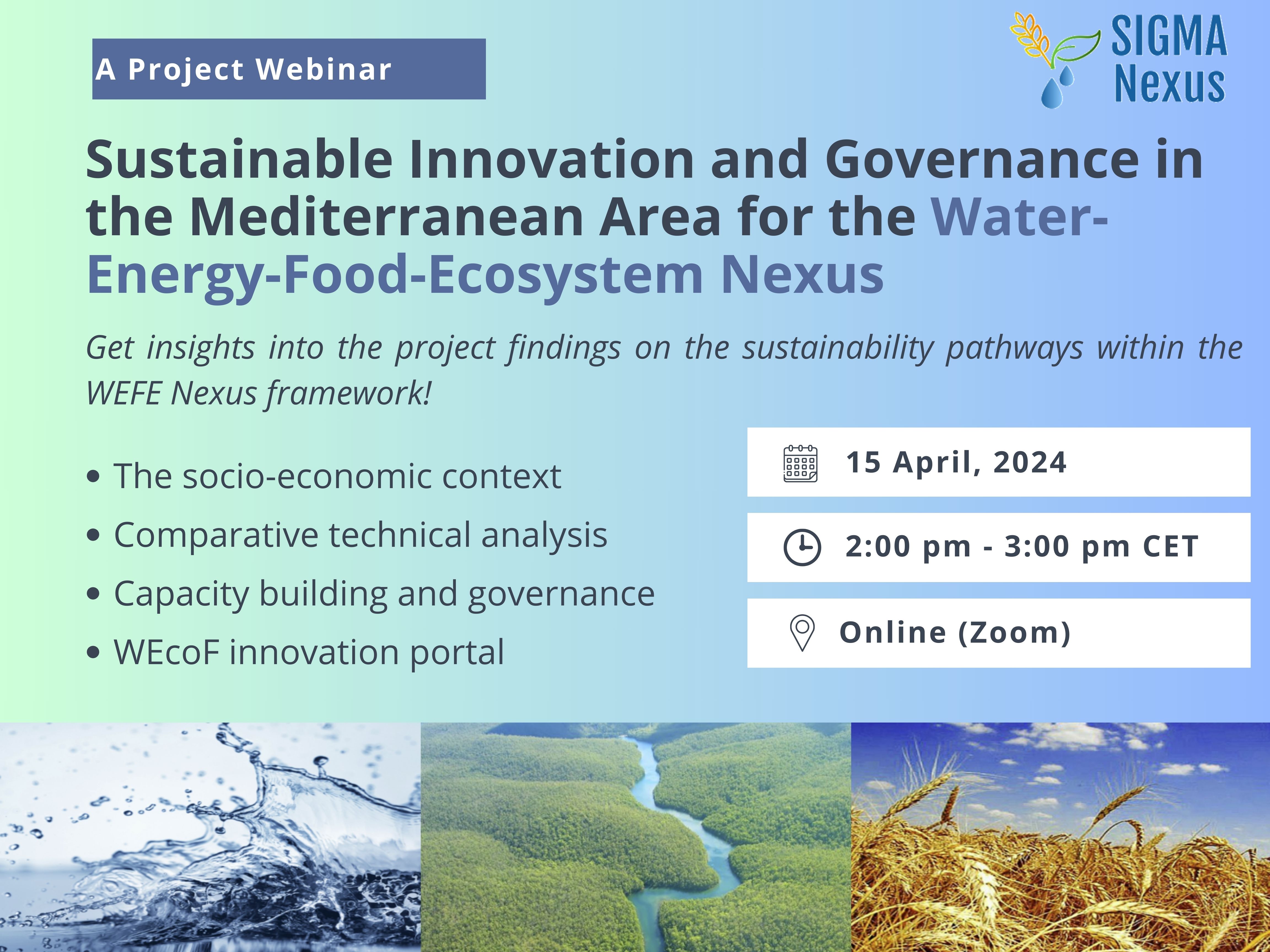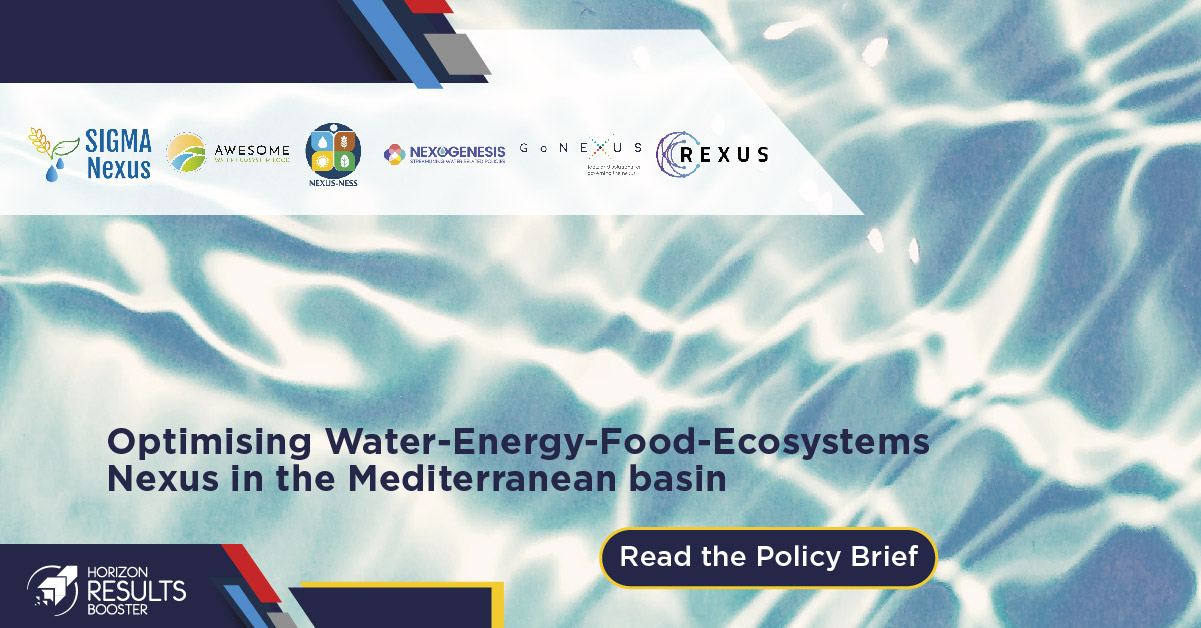Abstract
The need for freshwater supplies is increasingly rising according to the increase in the inhabitants’ expansion and economic growth. Available water resources are reduced by pollution and overpumping. This research’s prime objective is to study changes in the water quality of the Pleistocene aquifer in Minia Governorate. Historical hydro-chemical data of the groundwater in two years 2009 and 2019 were used to study the changes in the groundwater quality of the Pleistocene aquifer under the impact of the recharge and discharge processes. The Nile River, and the Al-Ibrahimia and Bahr Youssef Canals are considered the main sources of aquifer recharge. Collected data from 53 groundwater wells in the Pleistocene aquifer were used to calculate the sodium adsorption ratio (SAR), sodium percentage (Na%), Kelly index (KI), Soluble Sodium Percentage (SSP), magnesium ratio (MR%), permeability index (PI) and chloro-alkaline index (CAI). These data were used to evaluate and detect the quality and changes in groundwater through the years 2009 and 2019 using spatial mapping in the geographic information system (GIS). The values of SAR, KI and Na% varied between 0.06–1.22, 0.02–0.57 meq/L and 3.7–37.63%, respectively, in the year 2009, but these values changed to 0.4–0.75, 0.16–0.28 meq/L and 15.07–23.44% in the year 2019. The calculated MR and PI values indicate that 100% of the groundwater samples were in the “suitable” category. The calculated SSP reflects no changes in groundwater alkalinity between the years 2009 and 2019. The hydro-chemical analysis of the studied groundwater (G.W.) samples shows high pollution levels caused by Pb and Fe in some parts of the study area. Pb was found to be >40 µg/L in the middle parts, whereas Fe was found with high levels in 27% of the studied groundwater samples. The localities of these samples were affected by pollution from the industrial wastewater from the sugar factory of Abou-Qarqas city (e.g., El-Moheet drain), the fertilizer leaching process and pesticides seeping into groundwater from soils and agricultural wastewater.

